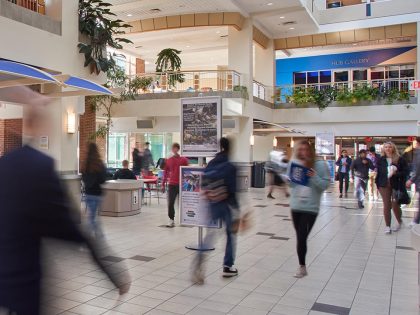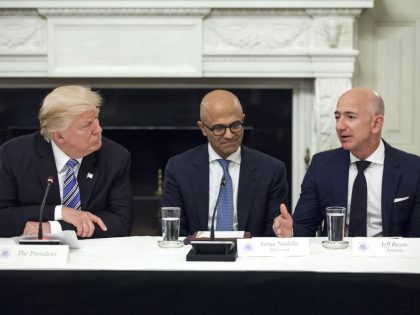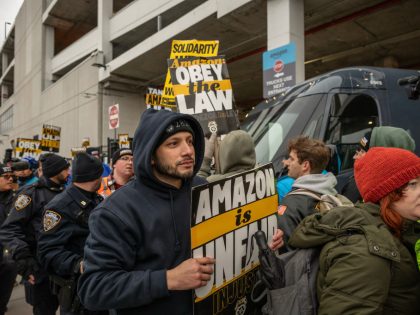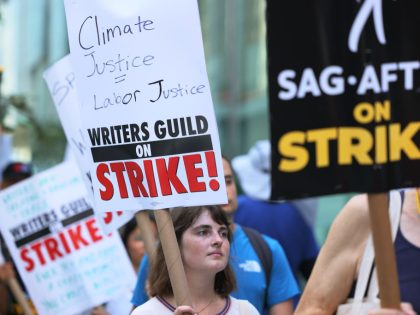
Unionizing the “Cultural Apparatus”
Don’t mourn the professional-managerial class — organize it.

Don’t mourn the professional-managerial class — organize it.
The tiny nation has discovered the world’s largest per capita oil reserves. What does the bonanza mean for its future?
American labor’s finances have never been stronger. And yet its horizons have never been narrower.

American higher ed has become a mesh of corporate contracts and outsourced services. From dining halls to student records, private vendors now run many institutions’ most basic operations — atomizing workers and undermining the university’s public mission.

With wealth inequality and billionaire control over American society growing ever more obscene, it’s well past time to implement a maximum wage limit.

Unions in the US have responded to the hostile organizing environment by targeting smaller shops in more peripheral industries. To actually grow the labor movement, however, they will need to organize large units in the economy’s fast-growing sectors.

The use of customer reviews to evaluate workers is rising across the service sector. Once you get past the shiny rhetoric of consumer empowerment, it’s a new variation on an old story: enlisting customers on the side of management to help discipline and exploit workers.

The “worker-to-worker” organizing model adopted by many of the most dynamic unions and campaigns in the country has enormous promise for revitalizing labor — in large part because it puts workers themselves in the drivers’ seat.
When and where organized labor’s been on the move.

Young people looking to fight climate change should consider jobs in strategic industries to organize new unions or revitalize old ones and advocate for green, pro-labor policies. The fight for a livable future can’t be won without organized labor.

"Salting" built the early American labor movement -- and it can revive it today.

In the labor movement, we are only as strong as the weakest among us. Revoking the right to abortion undercuts much of the workforce’s bargaining power — which means reproductive freedom is a cause the entire labor movement must champion.

Critics of Israel’s merciless war on Gaza are facing threats of government prosecution and blacklists or firings. In this neo-McCarthyist environment, anything pro-Palestine is being made to carry the whiff of bigotry or even incitement to violence.

Even as union density has declined, unions have spent little on organizing while amassing vast war chests. But the UAW and Workers United are showing that spending big on strikes and organizing pays off.

Why is there so much misery in a world of plenty? Why do private profit and wealth come before human needs and lives? Marxism has answers to these questions — answers that are actually easy to understand.

The billionaire owners of the Buffalo Bills, Terry and Kim Pegula, have struck a deal to collect $850 million in public money for a new stadium. It’s a scam we’ve seen time and time again — one that enriches a team’s owners at the expense of local residents.

A reborn workers’ movement needs both organized workplace militancy and left-wing politicians that back them. Sunday’s Staten Island Amazon rallies — attended by Bernie Sanders, Alexandria Ocasio-Cortez, and other elected officials — featured both.

Jon Melrod was part of a wave of student radicals who took jobs in factories in the 1970s. He spoke to Jacobin about life in working-class Wisconsin, becoming a workplace leader, and how to merge shop-floor fights with a broader left politics.

Today’s union-busters owe much to the bosses of the Progressive Era, who refused to recognize unions and fired labor organizers. Employers have never been “enlightened,” instead fighting tooth and nail to maintain their dictatorial powers.

We published 2,500 original essays in 2022. Here’s a recap in case you missed one or two of them.